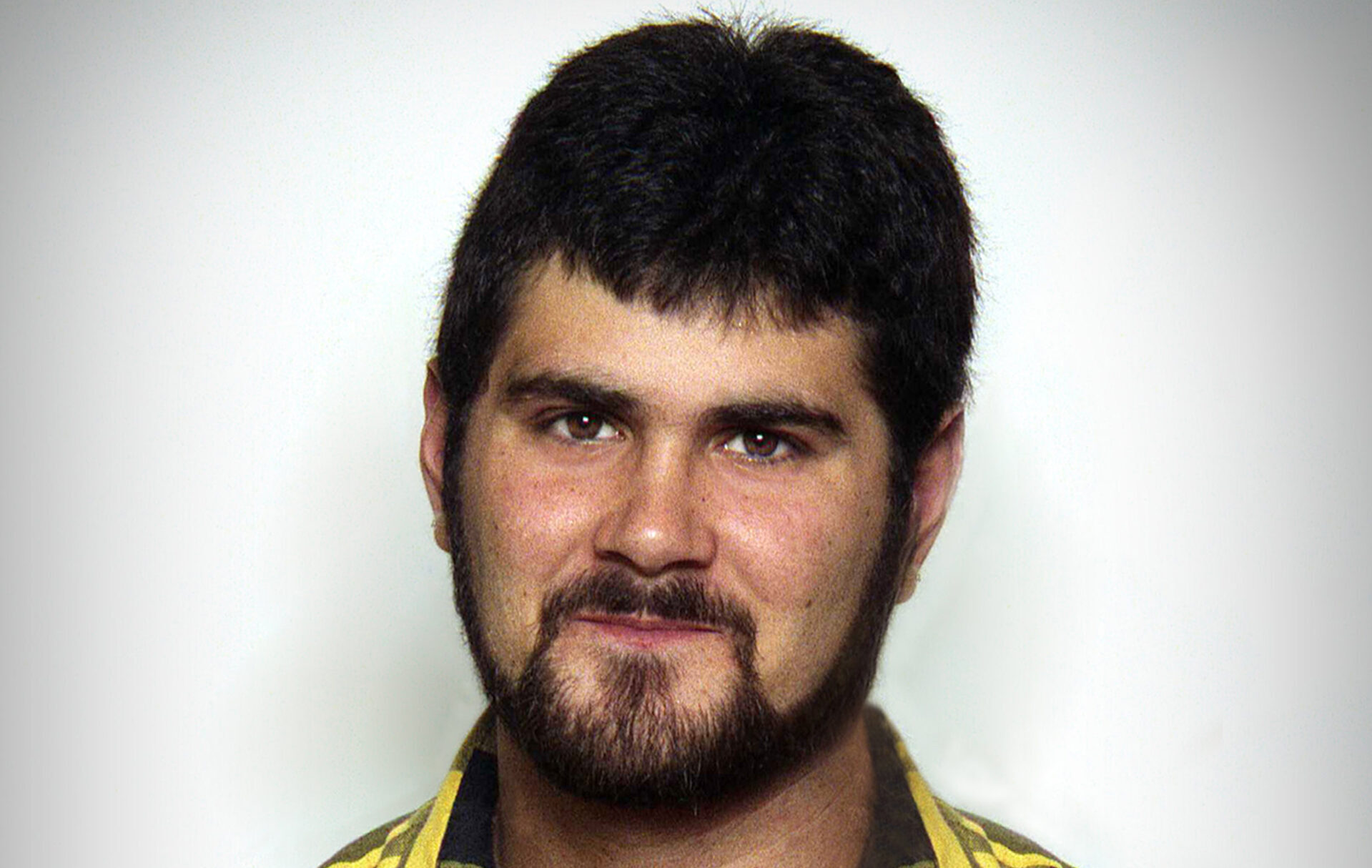Willingham inquiry ends, but effects linger
By Chuck Lindell
AUSTIN AMERICAN-STATESMAN STAFF
Friday, Oct. 28, 2011
A state investigation into the science used to convict and execute Cameron Todd Willingham came to a quiet close Friday, but its results might echo across the justice system and the nation’s death penalty debate for years to come.
Making final changes to its report on the Willingham case, the Texas Forensic Science Commission signed off on a document acknowledging that unreliable fire science played a role in the Corsicana man’s conviction for the murder-by-arson deaths of his three young daughters in 1991. He was executed in 2004.
Following commonly held beliefs now known to be wrong, arson investigators testified that the Willingham house fire was intentionally set using a liquid accelerant, the commission concluded.
Modern fire experts working for the commission and for the New York-based Innocence Project, which is representing Willingham posthumously, have determined that none of the more than 20 “arson indicators” identified by fire investigators in 1991 are reliable evidence of accelerant use. The cause of the fire should have been “undetermined,” the experts said.
Though the commission’s inquiry was never intended to weigh Willingham’s guilt or innocence, the findings have added fuel to the debate over capital punishment.
“The world should now know that the evidence relied upon to convict and execute Cameron Todd Willingham for the fire that killed his daughters was based on scientifically invalid and unreliable evidence,” said Stephen Saloom , policy director for the Innocence Project. “By any fair estimate, that indicates he was innocent, that he did not set that fire.”
Willingham’s prosecutors — and even his trial lawyer — still maintain he was guilty, pointing to a jailhouse informant who said Willingham confessed and to witnesses who said he did not appear to be distraught during or after the fire.
The science commission’s work also might have a long-term effect on the justice system.
The agency’s final report includes a commitment from the state fire marshal’s office — whose investigator was the chief prosecution witness at Willingham’s trial — to review old arson rulings to determine whether convictions were based on now-debunked assumptions.
The Innocence Project of Texas will provide most of the heavy lifting — about 40 forensic science and law students — to help the fire marshal identify and review old arson cases, said Jeff Blackburn, chief lawyer for the Texas nonprofit legal organization.
“I think this is a great opportunity,” Blackburn said during Friday’s commission meeting in Austin. “As far as I know, this is the only example of this kind of cooperation going on anywhere in the country.”
Saloom commended the commission for acknowledging that the scientific understanding of fire behavior has vastly improved over the past 20 years — and for listing now-debunked arson indicators in its final report. That action might ensure that unreliable science no longer taints arson investigations in Texas and could serve as a model for other states grappling with the issue, Saloom said.
Dr. Nizam Peerwani , the commission chairman, said it is important to understand that science is an ever-changing process.
Accredited crime labs, when presented with evidence that a result was invalid or mistaken, have a duty to inform prosecutors and judges. The commission’s findings are designed to lead fire investigators to adopt similar standards, he said.
